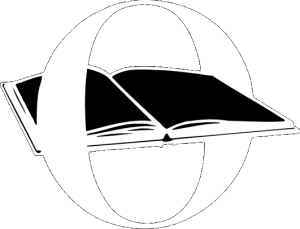Students Will See
It’s As Easy as A-B-C
Alphabet Cards:
Package of 12
7″ x 9.5″ cards
Item# 8000 $15.00
[Add to Cart] [View Cart]
Alphabet Card Poster:
One 9.5″ x 14″ card
Item# 8001 $6.00
[Add to Cart] [View Cart]
Alphabet Cards Classroom Set:
Package of 24
7″ x 9.5″ cards
plus
9.5″ x 14″ poster
Item# 8002 $30.00
[Add to Cart] [View Cart]
Our Alphabet Card is a tool for helping primary grade children as they learn to write. it helps children learn how to form letters, and also helps make sound/letter associations stronger.
The images on the Alphabet Card have been carefully researched and tested. The font most closely replicates actual handwriting rather than book print. Three diagraphs are included – “ch,” “sh,” and “th,” – which are the most commonly used by primary grade writers.
The trim size of the card (7″ x 9.5″) was established so children can handle it while writing at their desks; it also fits into composition notebooks. The “poster” version, for teacher demonstration purposes, folds out to twice the size of the student version. Both are printed on sturdy, laminated stock.
The development of this card was spearheaded by Marilyn Duncan. Marilyn has been in education and was a teacher for over thirty years. She wrote The Kindergarten Book on teaching in kindergarten and My Book used for assessment. The illustrator of the images, Joanne Friar, is the illustrator of several Books for Young Learners books including the popular “Max and Toby” books (Dogs at School, No Dogs Allowed and Dogs Love to Play Ball) as well as Crabbing Time, Jump the Broom, and Freedom Quilt.
Continue below to read Using the Alphabet Card written by Marilyn Duncan
Using the Alphabet Card
by Marilyn Duncan
adapted from The Kindergarten Book
The alphabet card has features that support the development of sound-to-letter relationships (Clay 1991).
For example, I know that going from the known to the unknown is an easier process for any learner. Children typically are able to say a word before they can write it. Therefore, going from the sounds the child can say to writing down the letter or clusters of letters that make the sound is easier than going from an isolated letter and trying to remember its sound.
The alphabet card links a familiar picture to the sound and the letter. The link between the picture and the letter needs to be clear for the child, so it can be used almost immediately. The pictures are of objects that children can identify. I hear children saying, “Mom starts like moon—here it is!”
The letters on the child-sized card are lowercase only. Children usually come to school writing in capital letters. Writers use capital letters for specific purposes, so I want these students to make the shift to writing in lowercase as quickly as possible.
In addition to single letters, the alphabet card I use also shows three diagraphs (ch, th, sh). These combined letters have a unique sound that cannot be segmented when the child is listening for sounds in words. The alphabet card provides support for the child with pictures for common diagraphs ch—chair, sh—shell, th—thumb.
Familiarity with the alphabet is increased by playing alphabet games, working with the card one-on-one and in small groups, and using the card in writing demonstrations. The alphabet card should quickly become a valuable resource for the child, the teacher, and the parent.
Bundle & Save!
Savings
The more
you BUY
the more
you SAVE!
Use our coupons
and save up to $100
off your next purchase





